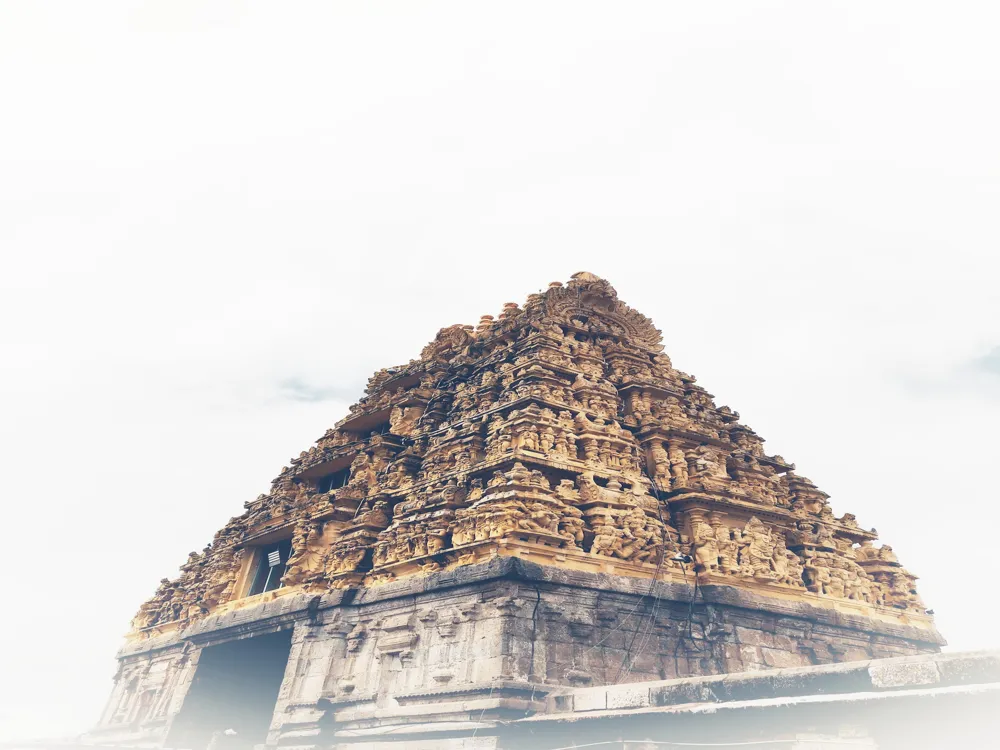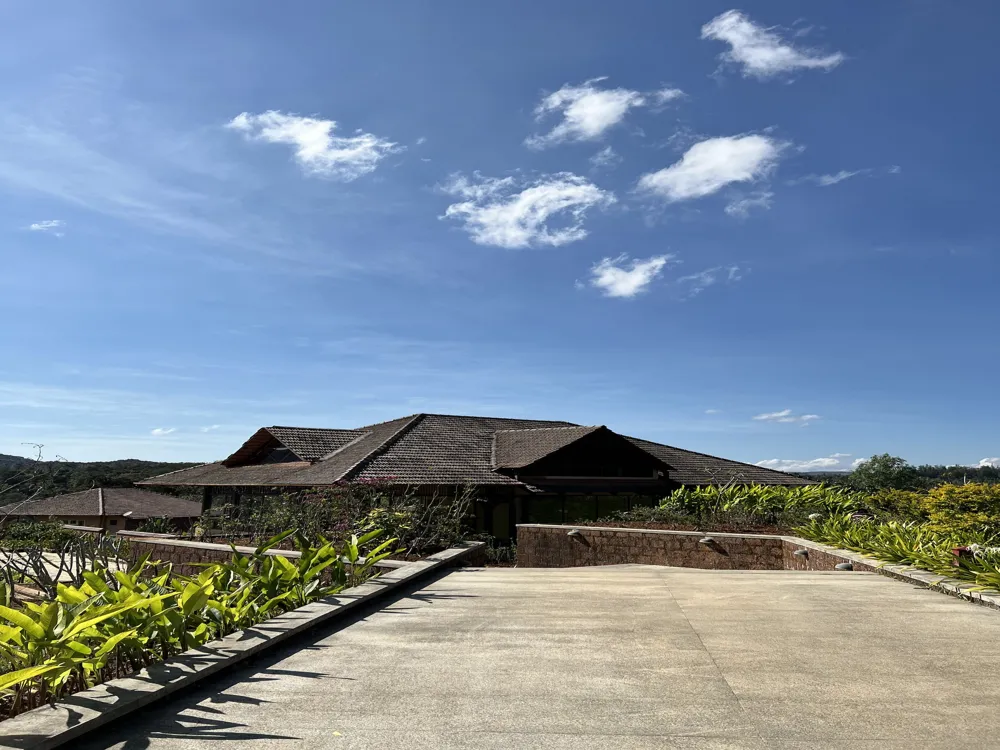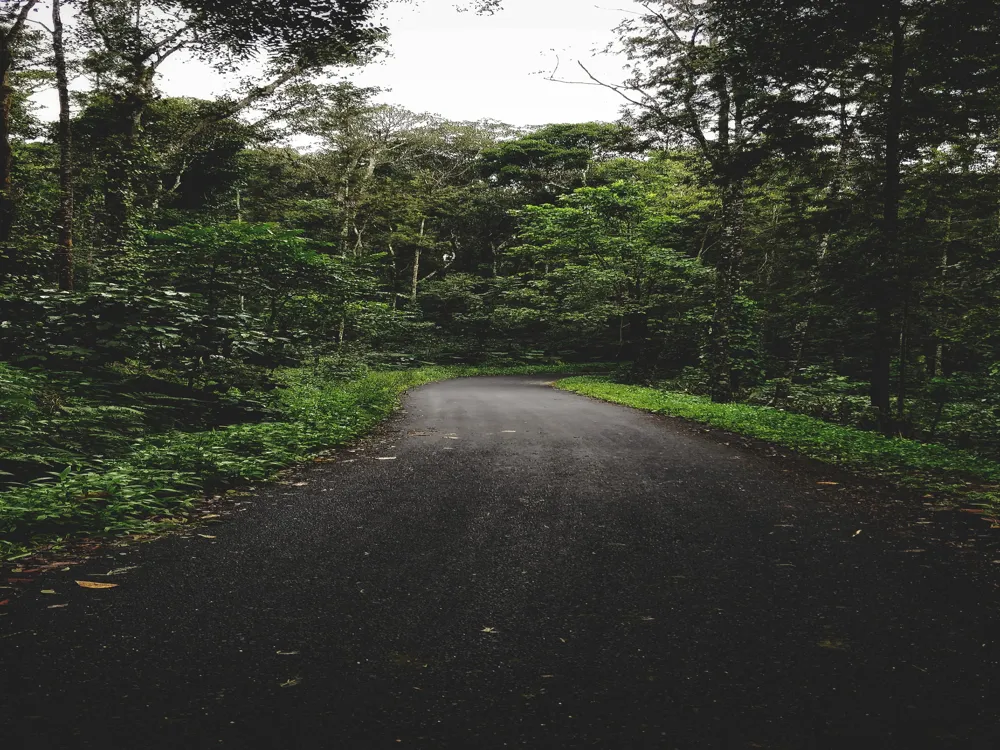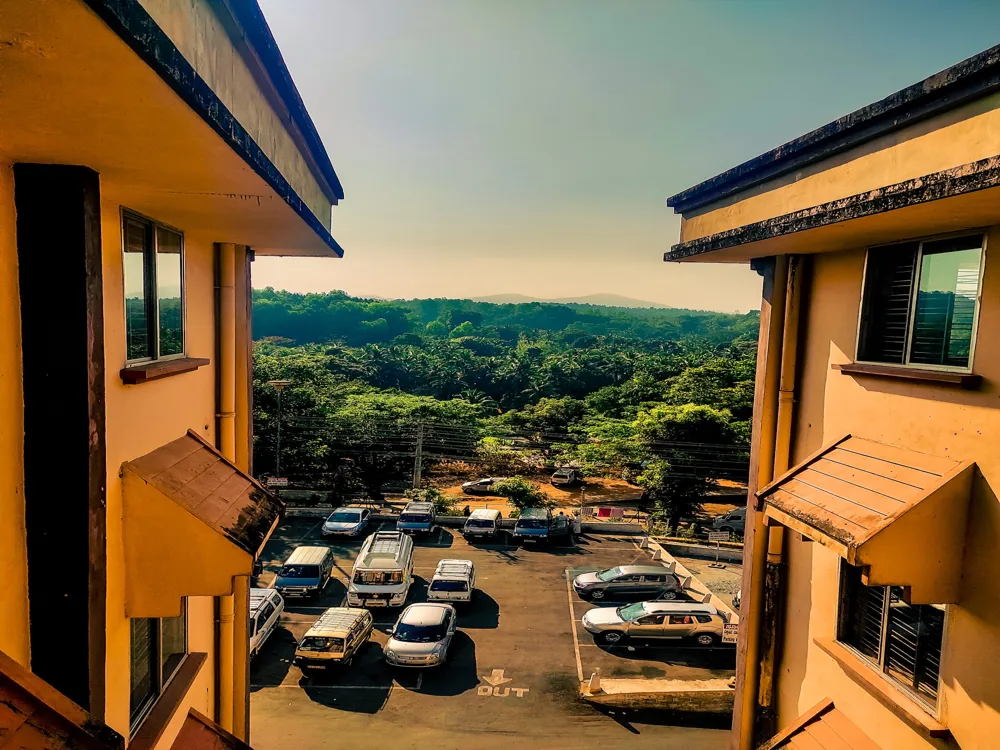Halebid, once the regal capital of the Hoysala Empire in the 12th century, is a small town located in Karnataka, India. Renowned for its magnificent Hoysala architecture, this ancient town is home to the famous Hoysaleswara Temple, which is now a UNESCO World Heritage Site. Halebid, also known as Halebeedu or Dwarasamudra, meaning 'entrance to the ocean', was a flourishing city under the Hoysala reign. The town was named Halebidu after it was ruined twice by the invading armies, translating to 'old abode' in the local language. The history of Halebid is rich and deeply intertwined with the art and architecture of the Hoysala period. It was during this era that the region saw a significant development in architectural designs, culminating in the unique style that is evident in the temples of Halebid. The Hoysala rulers were great patrons of art and culture, and their influence is clearly visible in the intricate carvings and detailed sculptures that adorn the temples in Halebid. Despite being ravaged by invasions, the remnants of this splendid past continue to attract historians, architects, and tourists from all over the world. The architecture of Halebid is a testament to the artistic prowess and engineering ingenuity of the Hoysala era. The Hoysaleswara Temple, the most prominent example of Hoysala architecture, stands as a symbol of the rich cultural heritage of Halebid. This temple, dedicated to Lord Shiva, is renowned for its detailed carvings, ornate sculptures, and the overall design that represents a departure from the traditional Dravidian style of architecture. One of the most striking features of Halebid's architecture is the use of soapstone, a soft stone that allowed for intricate carving. This has resulted in some of the most detailed and elaborate sculptures found in Indian temple architecture. The walls of the temples are adorned with an endless variety of depictions from Hindu mythology, including scenes from the Ramayana and the Mahabharata, as well as depictions of daily life during the Hoysala period. The layout of the temples in Halebid is unique, featuring a star-shaped platform, which is a hallmark of Hoysala design. This design not only provided an aesthetic appeal but also more wall space for the elaborate carvings. The temples are adorned with intricately carved pillars, each unique in its design. The ceilings are also noteworthy, featuring complex patterns and designs. The fusion of art and architecture in Halebid's structures is not just a representation of religious devotion but also a mirror to the society and culture of the time. The sculptures and carvings in Halebid are not mere artistic expressions; they are narratives frozen in stone, telling tales of gods, goddesses, mythological creatures, and scenes from epic tales. Each sculpture is a masterpiece, showcasing the extraordinary skill and attention to detail of the Hoysala artisans. The depictions of deities, celestial beings, and scenes from epics are not just religious symbols but also reflect the social and cultural milieu of the era. The Hoysaleswara Temple is an exemplary piece of Hoysala architecture. The temple's construction began in the 12th century under King Vishnuvardhana and continued for several decades. Its two shrines, dedicated to Hoysaleswara and Shantaleswara, named after the king and his queen, are a marvel of architectural excellence. The temple's façade is covered with an endless array of sculptures, each telling a different story. The temple's design is such that it appears to be a cohesive narrative in stone, encapsulating the essence of Hoysala craftsmanship. The evolution of Hoysala architecture, as seen in Halebid, marks a significant departure from the earlier architectural styles of the region. This evolution is characterized by an increase in the complexity of designs, the introduction of new motifs, and a shift towards more ornate and elaborate structures. The Hoysala architects and artisans pushed the boundaries of their craft, experimenting with new forms and techniques, resulting in a distinctive style that has stood the test of time. The ideal time to visit Halebid is between October and March when the weather is pleasant, making it conducive for exploration and sightseeing. Opting for a guided tour can enhance your understanding of the historical and architectural significance of the sites in Halebid. Carry a good camera to capture the intricate details of the carvings and sculptures. Early mornings or late afternoons offer the best light for photography. Respect the local customs and traditions while visiting the temples. Dress modestly and remove footwear before entering the temple premises. Halebid is well-connected by road and is accessible from major cities in Karnataka. The nearest airport is in Bangalore, from where you can hire a taxi or take a bus to Halebid. The nearest railway station is in Hassan, which is about 31 kilometers from Halebid. Regular bus services are available from Hassan to Halebid, making it convenient for travelers to reach the historical site.Overview of Halebid, Karnataka
Architecture of Halebid
Significance of Sculptures and Carvings
Hoysaleswara Temple: A Masterpiece
Evolution of Hoysala Architecture
Tips When Visiting Halebid
Best Time to Visit
Guided Tours
Photography Tips
Local Etiquette
How To Reach Halebid
City Shopping
Halebid
Karnataka
NaN onwards
View halebid Packages
Halebid Travel Packages
View All Packages For Halebid
Top Hotel Collections for Halebid

Private Pool

Luxury Hotels

5-Star Hotels

Pet Friendly
Top Hotels Near Halebid
Other Top Ranking Places In Halebid
View All Places To Visit In halebid
View halebid Packages
Halebid Travel Packages
View All Packages For Halebid
Top Hotel Collections for Halebid

Private Pool

Luxury Hotels

5-Star Hotels

Pet Friendly















